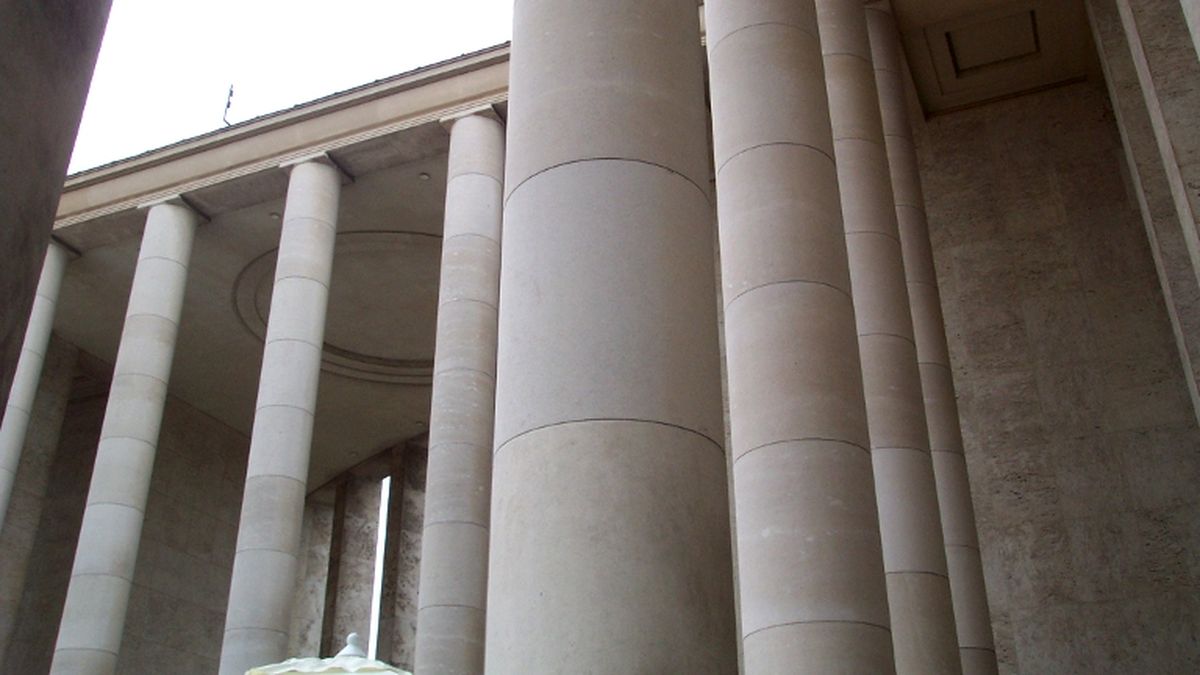 Detail | ©Anecdotrip.com / CC-BY-NC-SA
Detail | ©Anecdotrip.com / CC-BY-NC-SASoaps, orphans... and carpets
Do you know what we found, long before the palais de Tokyo and its contemporary art collections? Louis XIII’s carpet workshop...
No, not the Gobelins, but the Savonnerie workshop! The first royal manufactory founded in France, in 1627.
Its name comes from a former soap factory (savonnerie in French) located in Chaillot, on the site of the current palais de Tokyo.
The place was first transformed into an orphanage by Marie of Medici, in 1615.
An orphanage and its Saint-Nicolas chapel, with this inscription on its portal, says the part 1 of Tableau historique et pittoresque de Paris (1808):
"The august Marie of Medici, Louis XIII’s mother, deserves praise because she founded this place of charity: children locked in hospitals are welcome here. In praise of God, in the year of our Lord 1615."
But the orphanage’s days were numbered... In 1631, Pierre Dupont and Simon Lourdet, founders of the manufactory created in 1627 and which was located in the Louvre palace, moved here. That was why they called it Savonnerie...
What about the hundred of little orphans living here? They weren’t kicked out. They became apprentices. And they were a pretty cheap labour force, of course...
That was why the two loom setters came here, mainly.
Like velvet!
The carpet workshop "in the manner of Persia and Levant", was the only one in Europe at that time! It had to compete with gorgeous and very expensive Oriental carpets.
Savonnerie made carpets and armchairs upholsteries for all the French upper crust, until today. Now look, the Savonnerie typical point noué was a specific technique, nothing to do with the classic tapestry: a succession of knot stitches tied with thread.
This technique gives a unique velvet look...
The Savonnerie was included to the Gobelins workshop (Paris, 13th arr), in 1826. The Savonnerie building was replaced by the Military warehouse, itself razed to raise the palais de Tokyo in 1937.
